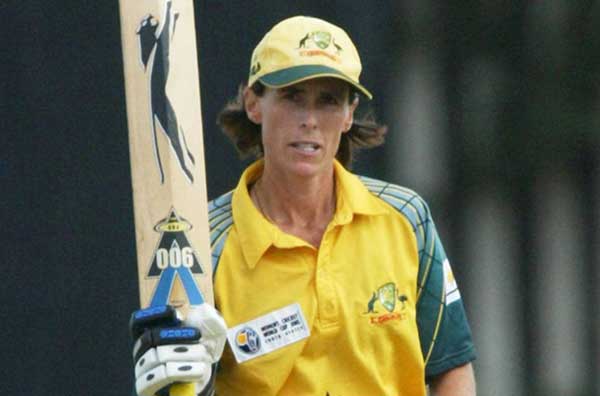It is now almost 26 years since Belinda Clark hit her history-making double-hundred for Australia at the Women’s World Cup. Said innings came against Denmark on December 16, 1997.

That knock generated plenty of interest at the time, but has been overshadowed somewhat in the years since by the emergence of big-hitting batsmen and women in the global international arena.
It does, however, have to be noted that Clark hit a double ton in ODI action some 13 years before Indian legend Sachin Tendulkar achieved the same feat in the men’s game and paved the way for many more to follow.
Firepower
On this day in 1997, Belinda Clark made history by becoming the first ever 𝑝𝑒𝑟𝑠𝑜𝑛 to score a double century in an ODI!
Playing against Denmark during the World Cup in India, the legendary captain scored a remarkable 229 not out from 155 balls 🙌 pic.twitter.com/NQl0jPNW1a
— Australian Women’s Cricket Team 🏏 (@AusWomenCricket) December 16, 2020
In the present, India have enough firepower at their disposal to suggest that a 200-plus score is possible in 2023. If someone were to hit that mark again, then ICC World Cup winner odds would become even more weighted in favor of the hosts at another major event.
India top the betting markets there at +120, but have the likes of Australia and South Africa breathing down their neck.
Clark helped the Aussies to dominate on a global stage back in the late 90s and through the turn of the 21st century, with two World Cup crowns claimed in 1997 and 2005.
She broke down barriers along the way, while etching several entries into the record books that will stand the test of time. She retired having scored more runs (4,844) and captained the most matches (101) of any woman in the history of Australian ODI cricket.
It is her knock of 229 towards the end of 1997 that remains the most notable of achievements on a glittering CV.
Said score was achieved off just 155 balls, in an era where strike rates well above 100 were not considered to be par for the course. It is, however, the manner in which she went about compiling her historic innings that continues to defy established sporting logic.
White-ball cricket has always been about scoring quickly, with the best way in which to keep the scoreboard ticking over being to hammer deliveries to or over the boundary rope.
To put things into perspective, Martin Guptill’s knock of 237 for New Zealand in 2015 – the highest at the men’s World Cup – included 11 giant sixes.
Clark’s innings against Denmark had none. She did hit 22 fours, but much of her running was done between the wickets, rather than preserving energy by sending the ball into the stands.
She has said of her exploits that day: “My aim was to bat for the 50 overs to makes sure I was comfortable with Indian conditions for the rest of the tournament. I didn’t set out to score a big score but just to make sure I was concentrating well and hitting the ball nicely.”
Special
The first player to ever score an ODI double century, Belinda Clark was “absolutely ruthless when she wanted to be with the bat.” #ICCHallOfFame 📽️ pic.twitter.com/tjHJ4izdlP
— ICC (@ICC) May 27, 2021
Clark did that and much more. She would go on to hit another 52 in the 1997 World Cup final against New Zealand in front of 80,000-odd spectators at Eden Gardens.
She will always be remembered as the first to post a double-hundred in ODI cricket, with nobody able to take that away from her, and surely there will never be another – given how the game has progressed – that does not involve a single six being hit.
Clark was special and will always be remembered as one of a kind.

Loves all things female cricket